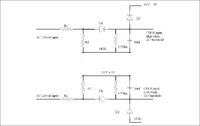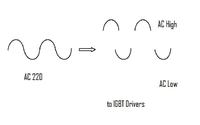mohammedalnaham
Newbie level 3

Any one can help me
if he can do it in proteus that is good.
I need also to code that is do this job.
Regard to every one who will help
if he can do it in proteus that is good.
I need also to code that is do this job.
Regard to every one who will help




